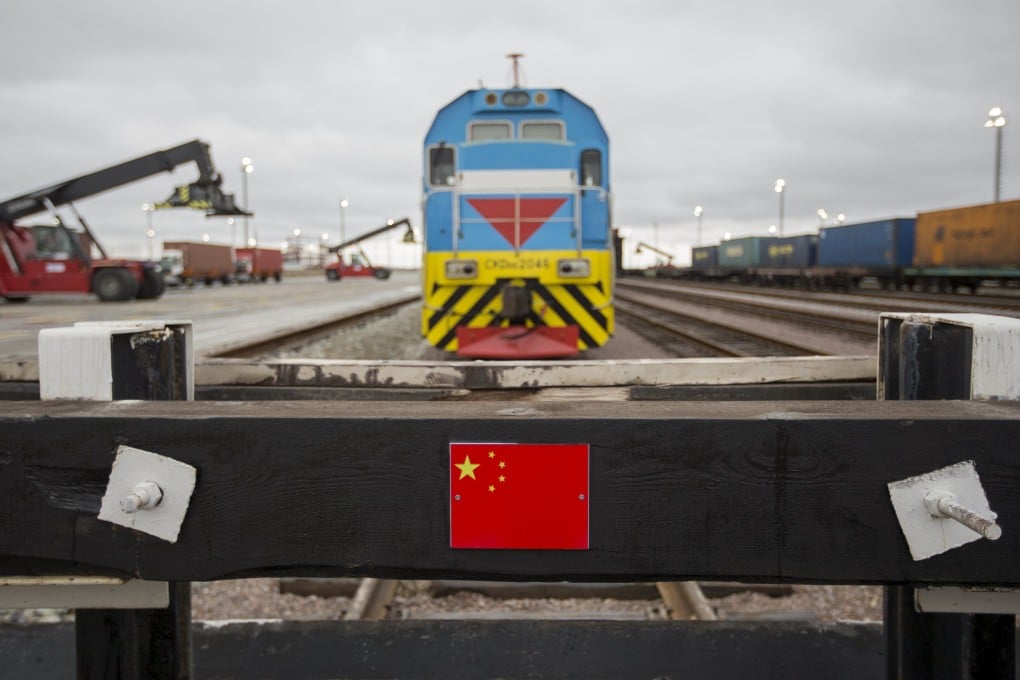China plays down Lithuania rift as Belt and Road Initiative investments rise in Central, Eastern Europe
- NDRC official says stabilising foreign investment and trade will remain an economic priority for China in 2022, and it will seek to build more infrastructure – on par with US and European standards – in belt and road countries
- Statement followed last week’s central economic work conference in Beijing, and as diplomatic ties with Lithuania have soured in recent weeks

China has shrugged off the trade implications of souring diplomatic ties with Lithuania and pressure from the United States, as a senior economic official pointed to strong engagement with Central and Eastern Europe.
“Although Lithuania has jumped out and sent a token of loyalty to the US, countries such as Croatia, Serbia and Hungary … they continue to proactively get closer with us without caring about [pressure from] the US,” said Ning Jizhe, deputy head of China’s National Development and Reform Commission, the country’s top economic planning agency.
China’s relations with Lithuania have dramatically cooled down this year after the Baltic state pulled out of the China-led 17+1 mechanism with Central and Eastern European (CEE) nations earlier this year.